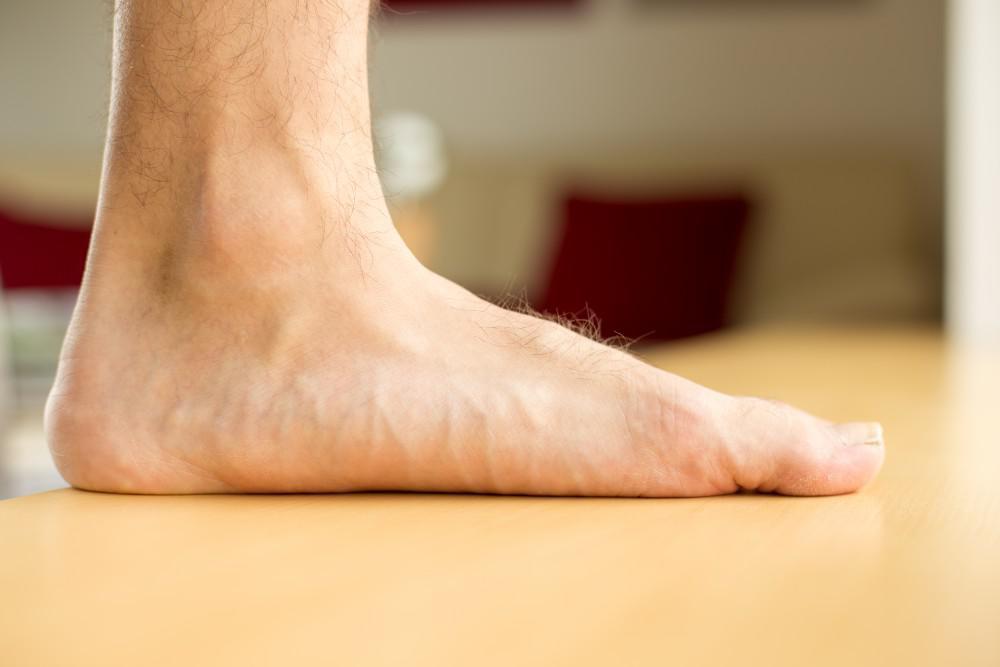
Flat feet, also known as pronated feet or fallen arches, is a physical malformation with varying degrees of physical effect. This ailment, which can affect one or both feet, can be inherited or developed over time. Flat feet have no arch; when standing, the whole sole of your foot touches, or almost touches, the ground.
Flexible flatfoot is a flatfoot that begins in childhood and worsens with age. Flexible flatfoot is characterised by feet that flatten (the arch loses way) when the foot supports the body but restores its arch when it is relaxed.
Symptoms and Diagnosis
The most noticeable signs and characteristics of flat feet are a reduction or absence of arches in your feet and soreness along the inner side of your feet and arches.
Flat feet can create the following problems:
- Soft tissue inflammatory disease
- Foot, arch, and leg exhaustion
- Ankle, heel, and foot discomfort
- Pain in the knees, hips, and lower back
- Rolled-in ankles
- Irregular walking patterns
- Shin splints
- Bunions
- Arthritis
- Hammertoe
- Plantar fasciitis
- Dysfunction of the posterior tibial tendon (PTTD)
Treatment
There isn’t much cause for concern unless there is substantial pain or other foot, ankle, and limb abnormalities caused directly by your flat feet. However, if you are experiencing aches and pains, alternative therapies are available for people of all ages.
Children
The first step in treating flat feet in youngsters is to check for them. Children are less sensitive to concerns like these than adults. Therefore, parents and carers should monitor children early to ensure appropriate arch development. If any anomalies are discovered, the youngsters should be evaluated right away by one of our podiatrists.
To establish the nature and origin of most flatfoot deformities, podiatric doctors will perform a clinical evaluation and an X-ray scan.
The majority of occurrences of flat feet in youngsters are hereditary. Their feet, on the other hand, are adaptable and can be treated with:
- Braces manufactured to order Insoles
- Appropriate shoes
- Exercise surgery is frequently the most effective therapy for avoiding severe developmental issues in the future.
Adults
Non-surgical therapy methods for preventing flat feet and their symptoms include:
- Orthotics made to order
- Bracing and support
- Exercises with supportive footwear
- Rehabilitation Therapy
- Weight reduction
- Changes in daily activities
- Rest from Medication
Surgery may be the next step if non-surgical therapies aren’t alleviating the aches, pains, and difficulties caused by flat feet. Therefore, podiatrists should always prioritise conservative treatment methods while being well-versed in several surgical alternatives for addressing flat feet.
When diagnosing flat feet, our podiatrists do a thorough foot examination, paying particular attention to the biomechanical function of the foot. X-rays are commonly used to detect bone and joint alignments. In addition, podiatrists can recommend future therapy stages and footwear solutions, ranging from the best daily shoes to running shoes for flat feet.



